
I visited Kenya in June 2024, as part of my East Africa trip with my good friend Allen Liu. We made the mistake of taking a night bus from Kampala (Uganda) to Nairobi (Kenya). The bus was supposed to take 12 hours, but with engine issues and traffic, the journey took us 17 hours in total. The people we spoke to in Rwanda and in the DRC viewed Kenya as an advanced tech hub – and for good reason, as Kenya created the MPESA mobile money transfer system that is used across the region. Several people called it the United States of Africa. However, they also told us that Nairobi is not very safe, so we remained cautious.
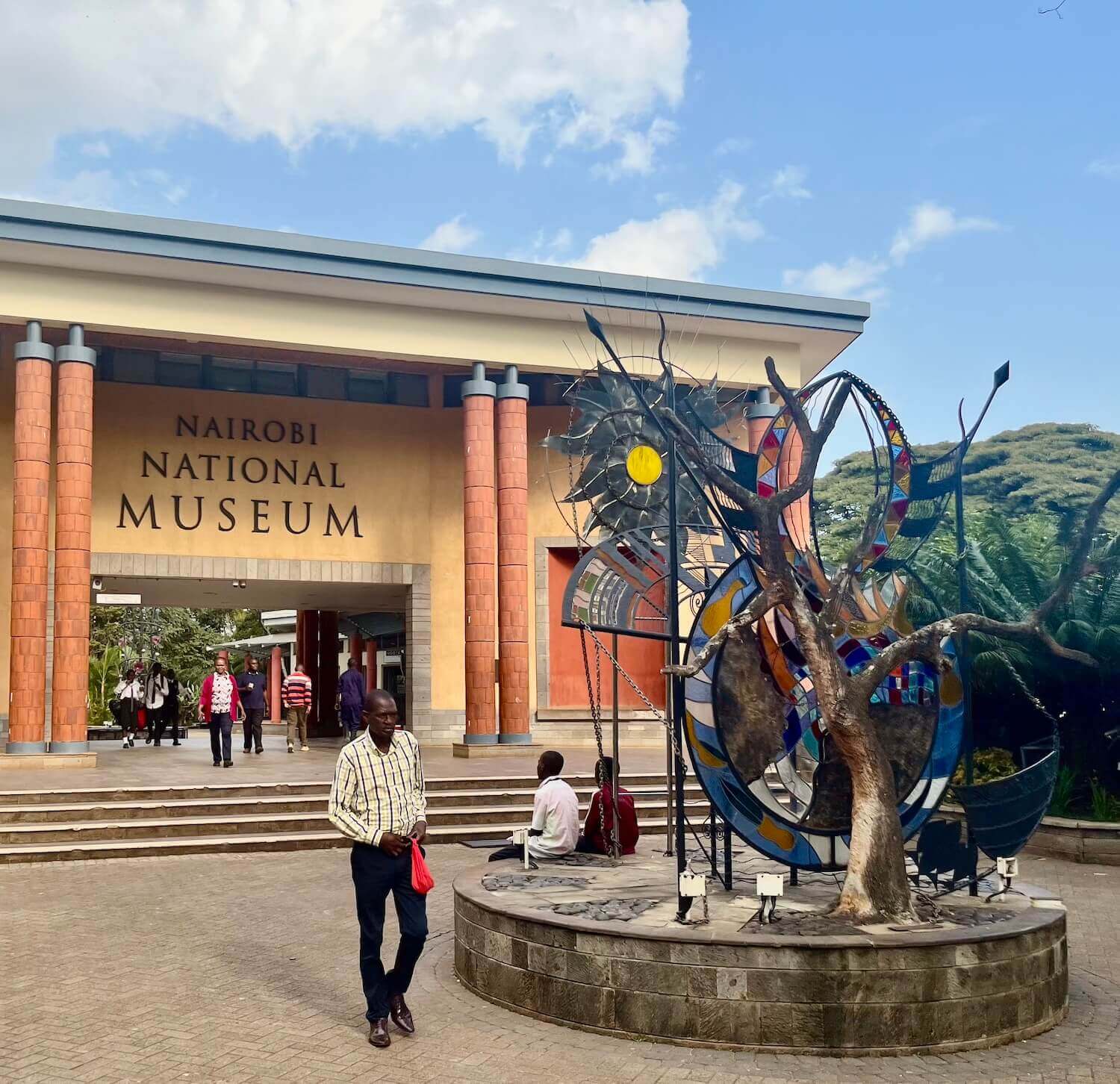
Nairobi is a large and cosmopolitan city, and East Africa’s financial center. This city seemed highly developed and modern, though I noticed several large slums on its outskirts. It is surrounded by several forests and even a national park. We visited both the Kenya National Museum and the Nairobi Safari Walk, a path in Nairobi National Park that lets you walk past many wild animals you normally could only see on a safari, such as rhinos and leopards. In both cases, we had to register with the Kenyan e-citizen platform to buy tickets. I am sure it would have been easy if we had access to MPESA and were already registered; however Kenya’s technology was confusing and time-consuming for clueless foreigners like us.
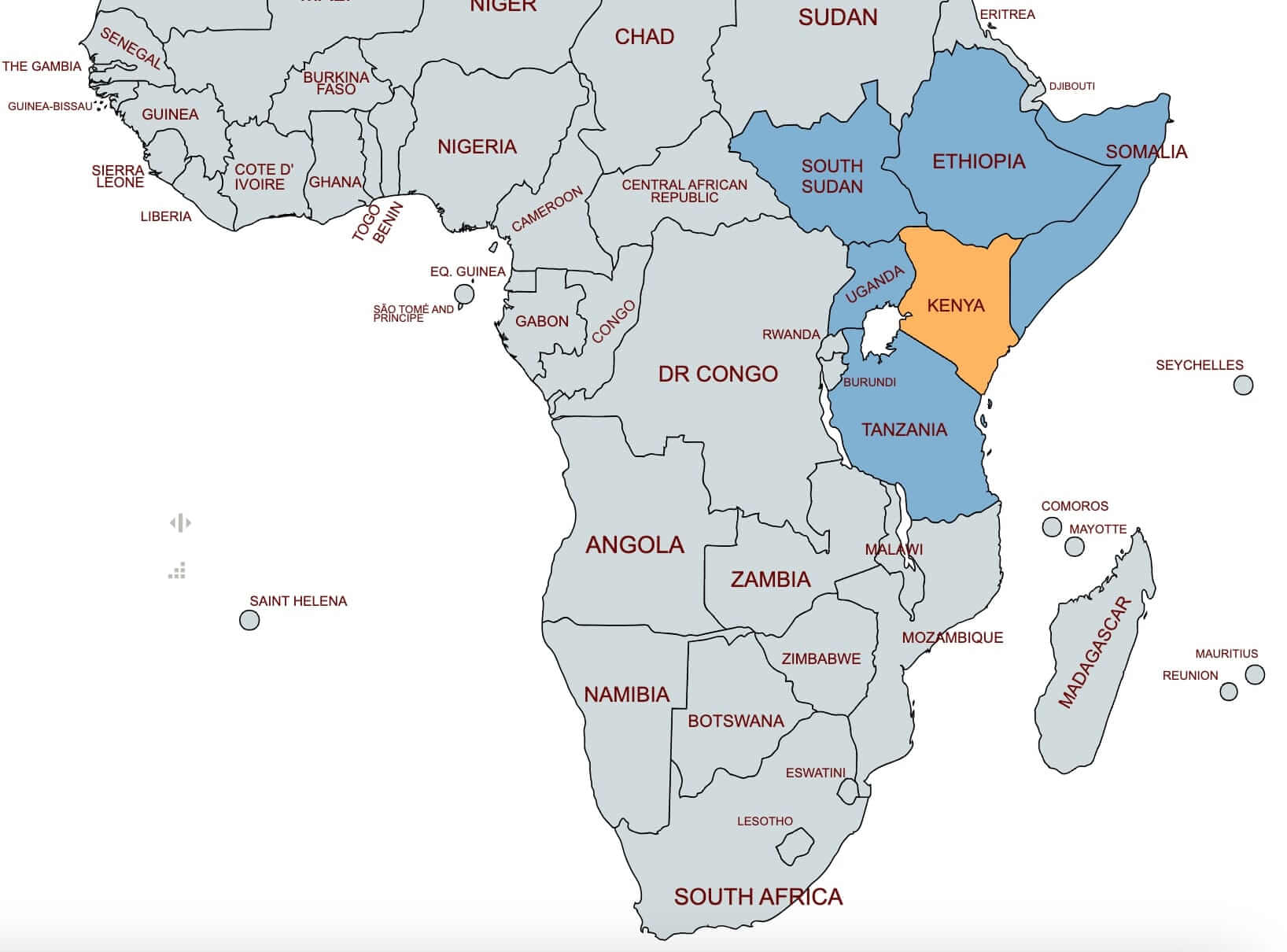
Kenya is home to many ethnic and cultural groups, including the Kikuyu, the Luo, the Luhya, the Kalenjin, the Kamba, and the Masai. Although many people speak Swahili, this language is less universal than in Tanzania, which might explain why there seem to be more tensions between Kenya’s ethnic groups than there are in Tanzania. Kenya was colonized in 1895 by Britain and became known as the East Africa Protectorate. It is difficult to speak of Kenyan history prior to colonization because, like many African countries, Kenya's borders were drawn somewhat arbitrarily and encapsulate many different tribes whose histories and cultures are very distinct. During the 1950s, several groups united to start the violent Mau Mau uprising, which took up arms against the British colonial rulers. Although the rebellion was unsuccessful, and the British killed thousands of Kenyans, it strained British resources.
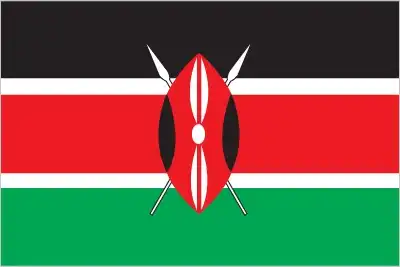
Kenya gained independence in 1963. Its first leader was Jomo Kenyatta. Kenyatta pursued a capitalist and pro-Western economic policy that helped the country develop faster than many of its peers in the region. However, he installed a single party state and was accused of favoring his own ethnic group (the Kikuyu) over many others. When Kenyatta died in 1978, his vice-president Daniel Arap Moi took power, ruling until 2002. Moi passed a constitutional amendment banning other political parties, though this was repealed a decade later. He was also accused of significant corruption. Since Moi, Kenya has had three other presidents. Its current leader, William Ruto, saw his popularity plummet following public protests to a tax bill he attempted to pass a few weeks after I visited Kenya.
One of Nairobi’s highlights is Uhuru Park, a spacious park near the city center. The park is fenced off and only has two entrances, where security guards check visitors’ bags before allowing them to enter. The park has several statues of animals native to Kenya. Allen and I were surprised to see a massive passenger plane in the middle of the park, for no apparent reason. Just a few weeks after we left Kenya, the government tried to pass a controversial finance bill that would raise taxes on many everyday items. Massive protests led to the bill being rejected. I learned that the plane we saw was torched during the protests. Had we arrived in Kenya just a few weeks later, we would have missed this interesting feature entirely.
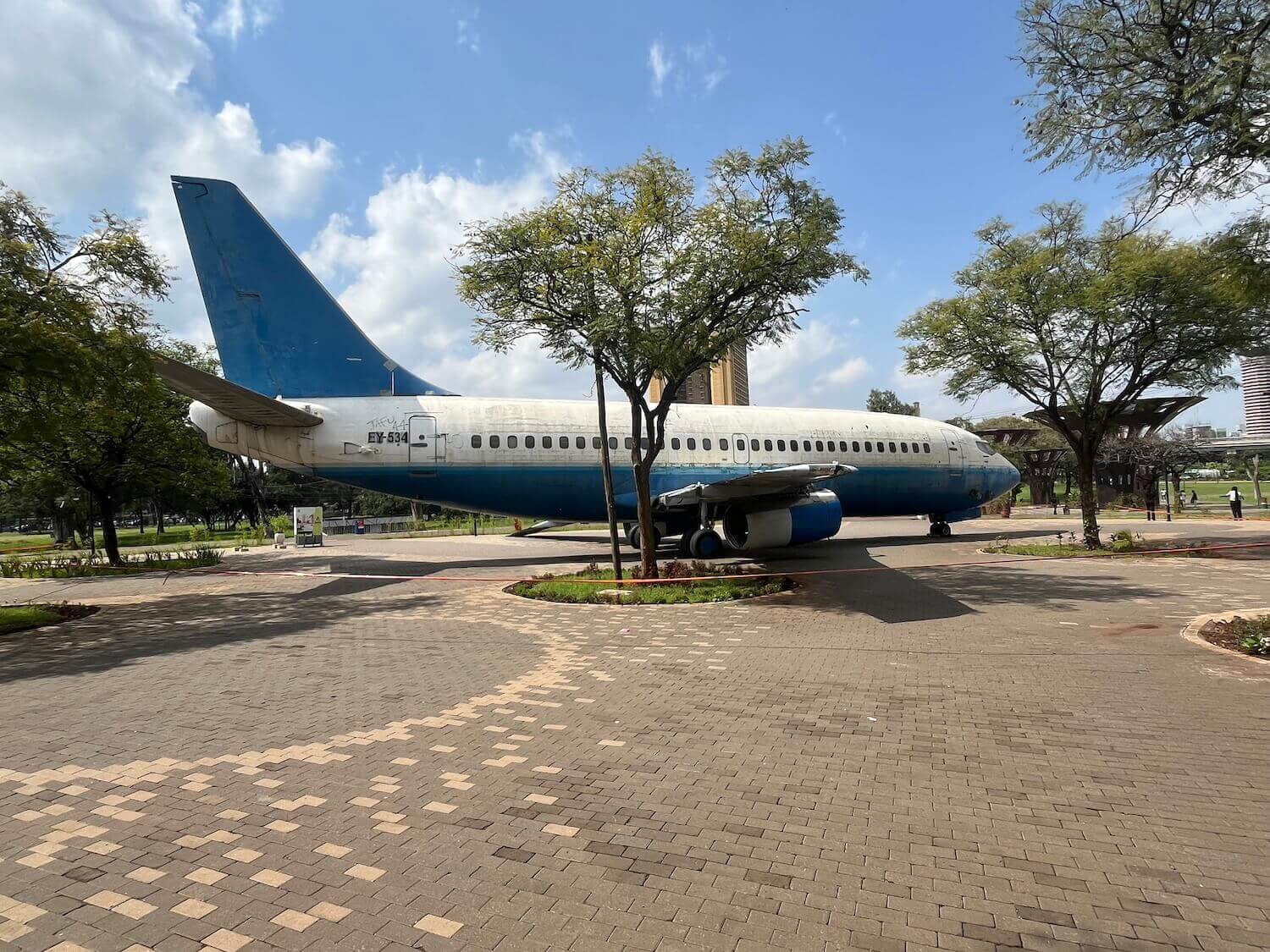
The highlight of our trip was a 3-day safari to the Masai Mara park. This national park borders the Serengeti national park in Tanzania. Almost all the tourists we saw on the safari were foreigners – sadly, it seems that few Kenyans can afford to go on such ventures, even though the park fees are much lower for locals. I was surprised how comfortable the animals were around the jeeps. You would think that most wild animals would consider a noisy 2-ton jeep crowded with tourists either a threat or a treat, but almost all the animals we saw completely ignored us. In fact, some of the lions we encountered used our jeep as a makeshift beach umbrella and napped in the shade our vehicle created. We also encountered a lazy cheetah who remained motionless for almost two hours before eventually strolling off into the sunset.
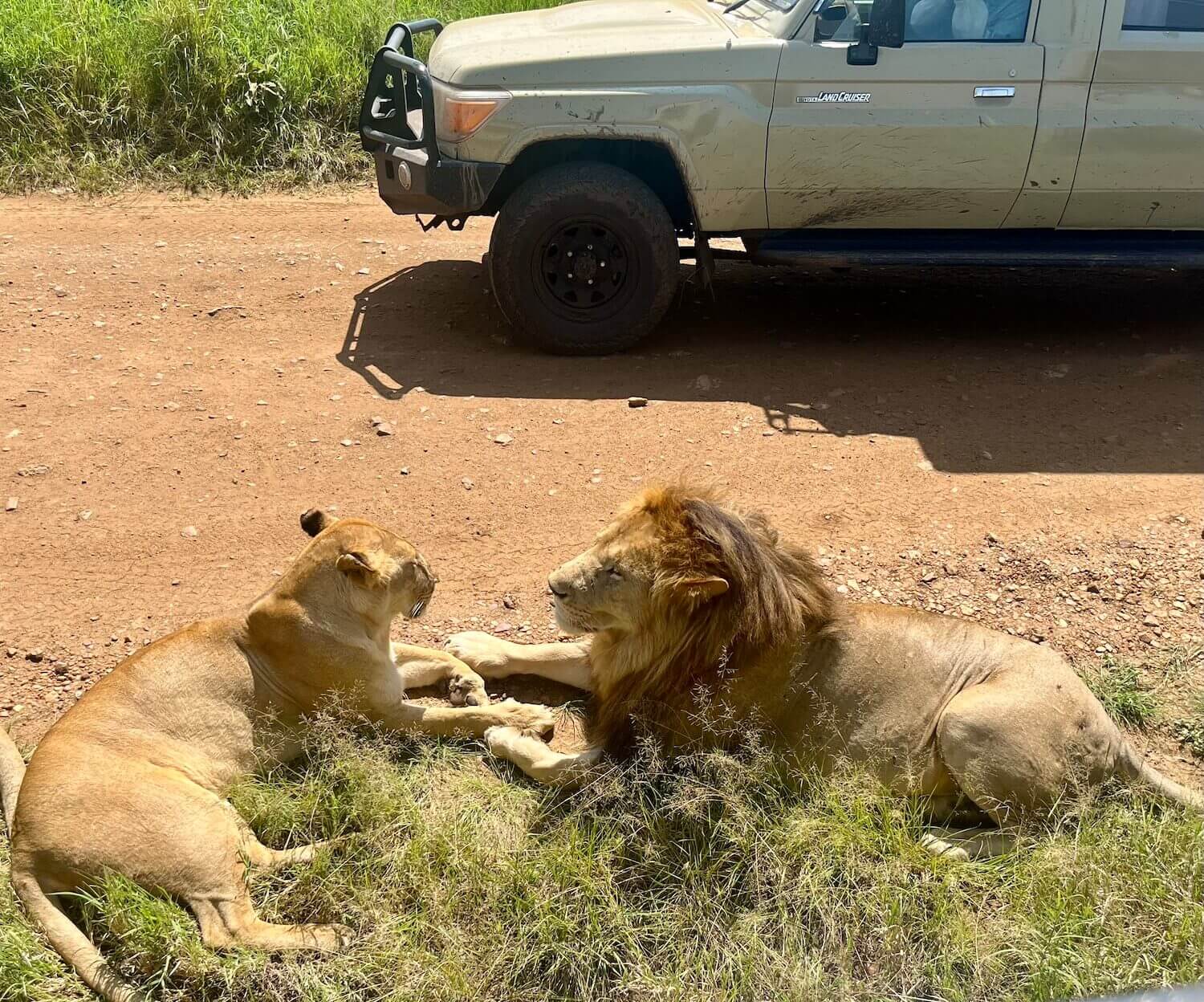
The Masai Mara is home to the world’s largest animal migration. Every year, around 1.7 million wildebeest and 250,000 zebras migrate between the Ngorongoro Crater in the Tanzanian Serengeti and the Kenyan Masai Mara. The lions and crocodiles in the Masai Mara essentially view the Great Migration as a free buffet delivered right to their door – and they don’t even have to subscribe to Uber Eats! In addition to the lions and cheetah, we saw many elephants, gazelles, impalas, antelopes, elands, hippopotami, baboons, giraffes, and even two crocodiles. For someone who grew up in a city, seeing so many animals in the wild and unconstrained by cages or fences was astonishing.
